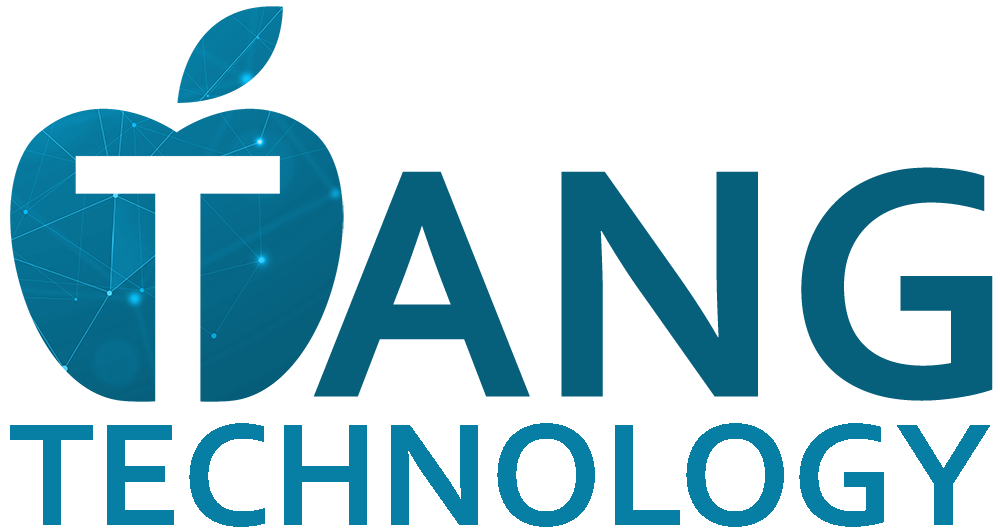Implementing a Learning Management System (LMS) is a transformative step for any organization, but it’s not without its challenges. Here we’ll explore not only the key steps for a successful LMS implementation but also focus on how to overcome common challenges associated with it. We’ll cover the essentials such as gathering business requirements, executing a targeted Request for Proposal (RFP), selecting the right LMS, and managing the implementation process, all while addressing potential hurdles.

1. Gathering LMS Business Requirements and Addressing Challenges
The foundation of a successful LMS implementation lies in thoroughly understanding and gathering your business requirements. Business requirements describe what you want the system to accomplish. This is an important step to gain alignment and use in evaluation.
- Involving Diverse Stakeholders: One challenge is ensuring that all voices are heard. Include educators, IT professionals, administrative staff, and learners to get a comprehensive view of needs.
- Clear Objectives Amidst Diverse Needs: Balancing differing objectives can be tough. Focus on defining clear, achievable goals that align with your broader educational strategy.
- Technical Compatibility Issues: A major challenge is ensuring your new LMS works with existing tech infrastructure. Conduct a thorough assessment to avoid integration issues later.
- User Experience Concerns: Anticipating user needs can be challenging. Prioritize a user-friendly interface over an admin-friendly interface. Also check for accessibility.

2. Targeted LMS Request for Proposal (RFP) and Overcoming Vendor Selection Challenges
Creating a targeted RFP can streamline the process of selecting an LMS vendor. A traditional RFP is like throwing a wide net to receive a large number of responses. It takes time to prepare the RFP, sort through the responses, and get a short-list of vendors that might be a good fit. At Tang Technology, we help our clients jump immediately to that short-list with expert knowledge of the LMS marketplace.
- Developing an Informed Shortlist: A common challenge is narrowing down vendors. Use expert knowledge of the LMS marketplace to create a focused shortlist based on your specific requirements.
- Don’t Assume, Confirm: During LMS vendor demos, its easy to assume how something is working or what data is going to be available. Don’t assume anything. Ask to see how its working or express how you think its working and ask the LMS vendor to confirm your assumption.
- Analyzing Demos and Proposals Effectively: A significant challenge is evaluating responses objectively. Focus on how well each vendor understands your needs and their ability to offer tailored solutions.

3. Selecting the Right LMS: Overcoming Evaluation Challenges
Selecting the right product is critical and the most challenging step when implementing an LMS. A lot of time and money is riding on this decision.
- Aligning LMS Capabilities with Organizational Goals: One challenge is finding an LMS that aligns perfectly with your goals. Look for flexibility, customization options, and scalability.
- Involving End-Users in Selection: Often overlooked, user feedback is vital. Involving users in the evaluation process can be logistically challenging but is key for successful adoption.
- Evaluation Criteria: Use evaluation criteria based on your requirements. Tang Technology use rating tools to help quantify how each vendor is performing based on the requirements. While the end score doesn’t have the final say, it is helpful in limiting the choices and creating discussion points.

4. Implementation Process and Overcoming Associated Challenges
Now that you picked the best LMS for your organization, the hard part is over, right? Not yet. Implementation is a very important step. You could have the best platform, but if no one uses it, it’s no good to anyone.
- Creating a Realistic Implementation Plan: One of the biggest challenges is unrealistic timelines. Develop a comprehensive plan with realistic milestones. Consider all the steps required to migrate courses and data, integrate with other systems, configure settings, etc.
- Comprehensive Training for All Users: A common hurdle is ensuring effective training. Plan comprehensive training sessions for different user groups to ensure smooth adoption. Also remember there are different types of users within the systems. Administrators will need more training than the average user.
- Pilot Testing and Feedback Loop: Pilot testing can reveal unexpected issues. If you have a large organization, you won’t want everyone to have immediate access. Roll it out slowly so you can conduct thorough testing and establish a feedback loop for continuous improvement.
While implementing an LMS can present various challenges, addressing them with informed strategies ensures a smoother transition and more effective learning environment. Remember, each challenge is an opportunity to refine your approach and enhance the learning experience.
For personalized advice on overcoming challenges when implementing an LMS, or to schedule a free consultation, contact Tang Technology. We are here to guide you through every step of your LMS journey, ensuring a solution that meets your unique educational needs and overcomes any obstacles.

